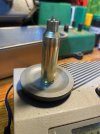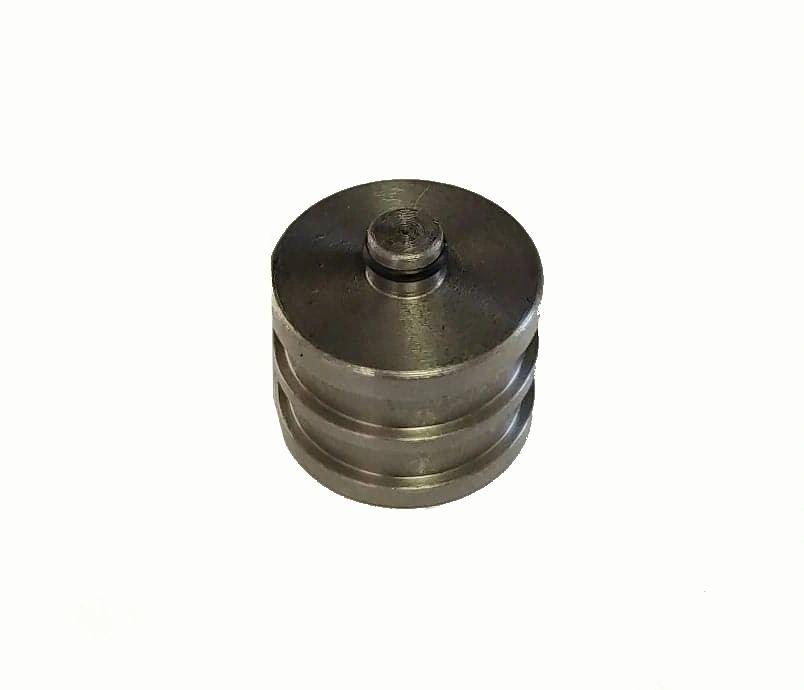Just wanted to know thoughts on brass sorting. Do you, have you noticed a difference and when sorting what would your weight perameters be as far as range from what to keep in this batch as opposed to a separate batch? I've never personally done it but just need one more thing to drive me crazy..

If you are going to sort BRASS you need to do by H2O volume. not by case weight.
Just purchase a good Brass like Lapua and shoot!
You will need to focus more on neck tension, seating depth, powder weight, what powder your loads like, what primer along with primer seating depth, what bullet your barrel likes.
You should post what you are shooting for (hunting/target) then your cartridge and components (bullet type weight and twist of barrel & length).
When you have all your components together and shoot different Brass/bullets/powder/primers along with many other variables.
Need to record your D.O.P.E. on shot strings and use a good chronograph.
After doing all this you may have narrowed down to what your rifle likes.
Then it may be time to chamber a new barrel.
Personally we don't weigh brass. If were to focus on brass it would be by volume.
Brass is one of our most important components and the most amount of work prepping. First purchase good brass- we us Lapua then with new brass we make sure that the Flash Holes are cleaned properly (we ream flash holes) then TRUE UP Primer Pockets, Anneal every reload, NECK Turning - we turn necks to a specific bushing for neck tension. Every neck to make sure that then neck is concentric. Then have a very good Case Trimmer. I suggest a Henderson.
If you really want to get into the "Weeds" on Brass Cases get yourself a "NECO Concentricity Guage". You can check wall thickness and "banana" of the case.
My advise is just purchase good brass and worry about everything else.
BTW we are prepping about 1,700 cases for different cartridges as I write this post. A LOT OF WORK FOR SEVERAL DAYS!!!



